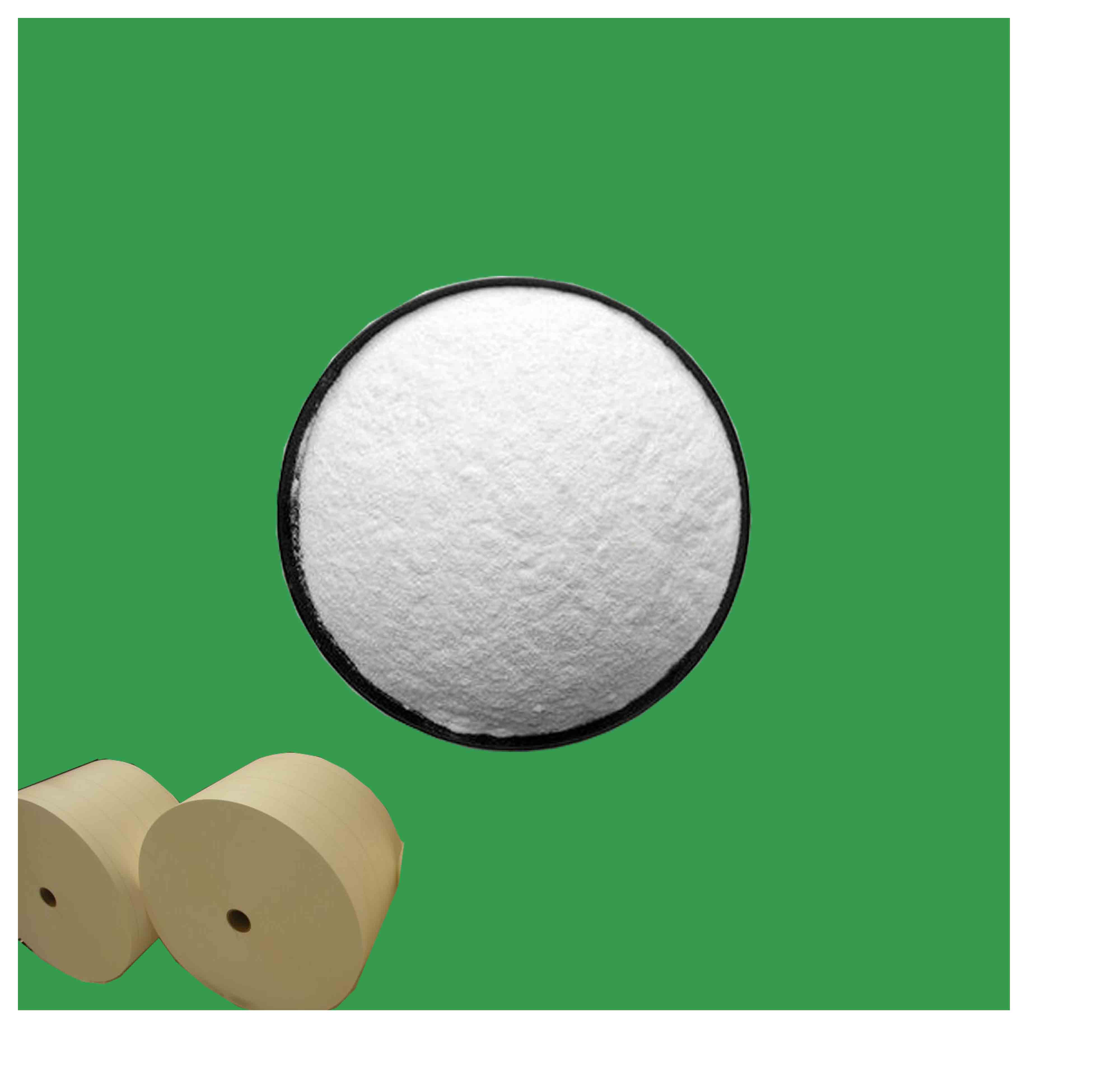
វិច្ឆិកា . 29, 2024 18:53 Back to list
Is Titanium a Naturally Occurring Element in the Earth's Crust and Environment?
Is Titanium Natural?
Titanium is a fascinating metal that has garnered much attention for its unique properties and applications. It’s known for its strength, lightweight nature, and resistance to corrosion. However, a question lingering in both scientific circles and among the general public is Is titanium natural? To answer this, we must explore the origins of titanium, its extraction process, and its presence in nature.
Firstly, titanium is a naturally occurring element found in the Earth's crust. It is the ninth most abundant element and is primarily extracted from minerals such as ilmenite and rutile. These minerals contain titanium dioxide (TiO2), which is the most common source for extracting titanium. While titanium itself is found in nature, it does not occur in a free state due to its reactivity; instead, it’s mostly found in compound forms within various ores.
Is Titanium Natural?
With advancements in technology, the uses of titanium have expanded drastically. It is now a critical material in industries ranging from aerospace to medical devices. In aerospace, titanium's strength-to-weight ratio makes it the material of choice for constructing airframes and engines. In medicine, titanium is used for surgical implants and prosthetics due to its compatibility with human bone and tissues. These applications highlight the importance of titanium and underscore its natural origins.
is titanium natural

Moreover, titanium's natural properties make it desirable in various forms beyond its pure metal state. For instance, titanium dioxide is extensively used as a white pigment in paints, coatings, and cosmetics. Its ability to reflect ultraviolet light also lends itself to applications in sunscreens and other protective products. Thus, the connection between titanium and its natural state extends beyond the metal itself to its compounds and derivatives.
While titanium is indeed a natural element, it is worth noting that the production process often involves environmental considerations. Mining activities can lead to habitat destruction and pollution if not managed sustainably. Therefore, the challenge lies in balancing the demand for titanium with responsible extraction practices. The growing awareness of environmental issues has spurred innovations in mining and recycling processes that aim to minimize the ecological footprint associated with titanium production.
Another aspect to consider is the potential for titanium to be recycled. Since titanium is a durable metal with a long lifespan, recycling it reduces the need for primary extraction and helps conserve natural resources. Recycled titanium has become increasingly important in industries seeking to adopt more sustainable practices, reaffirming that while titanium originates from natural sources, its future lies in responsible use and recycling.
In conclusion, titanium is a natural element that plays a vital role in modern technology and industry. While the extraction and refinement processes are industrialized, the foundations of titanium lie in its earthly origins. As we continue to embrace advancements in technology and sustainability, understanding the natural aspects of titanium can guide us toward making informed choices about its use and conservation. Thus, titanium is not just a metal; it is a testament to the intricate relationship between nature and human innovation.
-
High Quality China Black Iron Oxide Powder Supplier Competitive Price & Fast Delivery
NewsJul.08,2025
-
High Quality Titanium Dioxide Used in Rubber – Trusted Supplier & Factory Price
NewsJul.08,2025
-
High Purity Barium Sulfate Particle Size - Wholesale Manufacturer from China
NewsJul.07,2025
-
Premium Titanium Dioxide Lomon R-996 Supplier – Quality & Wholesale Price from China
NewsJul.07,2025
-
Top Titanium Manufacturers in China - Quality Titanium Dioxide Supplier & Production Line Solutions
NewsJul.06,2025
-
OEM Titanium White Supplier & Factory – High Purity, Consistent Quality for Industrial Use
NewsJul.06,2025
